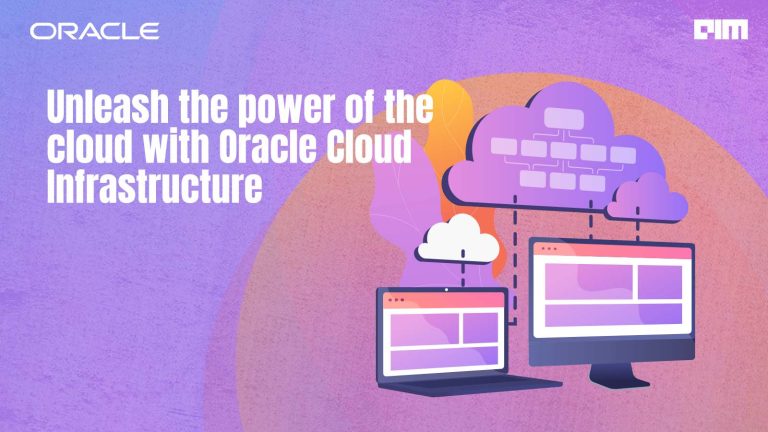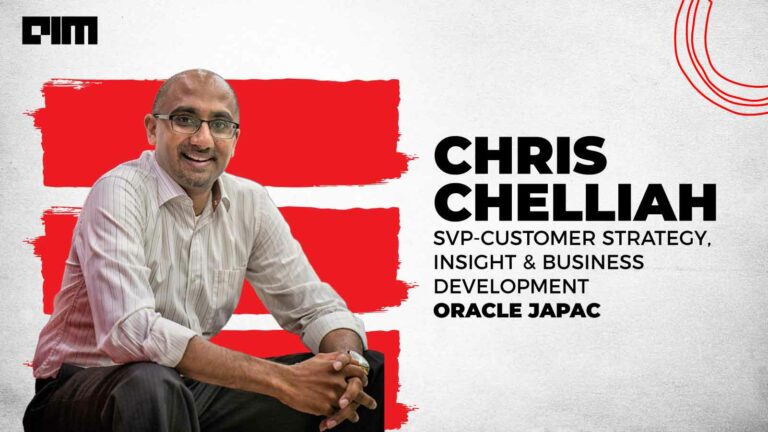[frame align=”left”]

[/frame]In an interview with Analytics India Magazine, Anand S talks about Gramener and his topic of talk at The Fifth Elephant, which is “Visualizing Text”.
[dropcap style=”1″ size=”2″]AIM[/dropcap]Analytics India Magazine: What according to you are currently the most important and specific Data Visualization needs for the industry?
[dropcap style=”1″ size=”2″]AS[/dropcap]Anand S: The human mind is much better suited to process pictures than numbers. Data visualization is about communicating the same message to our minds as a picture story rather than a table of numbers.
AIM: Where do you see the bulk of your business coming from?
AS: From companies that have large volumes of data and already invested heavily into ERP, Data Warehousing and BI tools. So far, in our case, it’s been from Banking, Healthcare, Pharma, Retail, Telecom and Utilities.
However, two things have surprised us.
First, several small well-run enterprises tend to have much more data than we expect — driven by the dropping cost of data collection infrastructure.
Second, there is much more variation within companies than across companies. For example, even in large utilities, there’s much more information in sales and operations than there is in administration or HR. We find more in common between the sales data of an FMCG and the sales data of a bank than between the sales and HR data of any organization.
As a result, we’ve become more functionally focused than industry focused — with the bulk of our business coming from sales, marketing, operations and finance, in that order.
AIM: Gramener operates in a very niche area. How does a typical requirement gathering to delivery cycle looks like in Data Visualization?
AS: We build a series of “templates” for clients. A template takes data and transforms it into a visualization. Here’s what a typical cycle looks like:
- Brainstorm with clients on the key problem areas

- Get an dataset in that area — the larger the better
- Work offline (without any preconceptions of existing reports) and create a series of visuals
- Share with the client, understand the decisions they need to take, and rework accordingly
- Implement the visualization as a template in their environment
You’ll notice that we’re combining two things: independent discovery (working without the influence of existing material) and a review process — both of which are essential to delivering a useful product.
AIM: How do you see Data Visualization evolving today in the industry as a whole?
AS: The first entry point for data visualization is through in-house tools — typically Excel.
Slowly, industries recognize the value of taking this further and start looking for improved tools in this area. A number of product companies are catering to this need — Tableau, Spotfire and Qlikview in the data exploration space; R and SAS in the analytics space; Microstrategy and Cognos in the Business Intelligence space; and Gramener’s visualization in the data visualization space.
Often, this is outsourced, just as analytics is increasingly outsourced today. [quote style=”1″]Data analytics firms will slowly evolve to include visualization as part of their core offerings.[/quote]
AIM: What are the most important contemporary trends that you see emerging in this space across the globe?
AS: There are three worth mentioning:
Unstructured data: Data visualization is no longer in the realm of pure numbers. Text analysis is relatively mature and is being applied routinely to various problems. Even a pure text corpus like The Mahabharata can be visualized. Images, audio and video are rapidly becoming analyzable and visual sable.
Cognitive research: What we know of the human eye and brain is increasingly making its way into practical visualizations. For example, most men can name only 11 colors (women can name about 15), but can differentiate between over a million colors when placed next to each other. So, while a heatmap that places regions adjacently can be colored with millions of shades, a bubble chart should have 11 colors at most. Such rules of thumb and now baked into the software people build for data visualization these days.
Mobility: Tablets and phones are the most popular modes of consuming information, increasingly. A strong trend is embracing this medium along with its limitations (e.g. size and form factor) as well as advantages (e.g. touch screen, geo-location).
AIM: What are the most significant challenges you face being in the forefront of Data Visualization space?
[pullquote align=”right”]Two biggest challenges are: Recruitment and Long Sales Cycle[/pullquote]AS: Our biggest challenge is recruiting.
Data visualization requires a combination of statistics, programming and design. People with all three skills. Finding good people with one of these talents is hard enough. The combination is near impossible. As a result, we’re spending considerable time building our internal training programme and hope to churn out more people with the skills we need.
Another challenge is the longer sales cycle.
Almost every person on the business side understands the value of data visualization instantly. Once we hit the next stage of sales closure, however, there is the learning curve around how to classify data visualization (software? service? consulting?) and how to price it (by number of users? reports? templates? rows of data?) We spend a fair bit of time educating our corporate customers and evolving our commercial models.
AIM: What is your projection of the growth of Data Visualization practice in the future?
AS: Depending on the report you look at, the number is anywhere between $5 billion to $50 billion. We don’t have enough data to predict this with confidence. But in our experience, of the 100+ organizations we’ve met, every single one clearly expressed a desire for data visualization. Whatever the market size is, it’s large enough for us and a number of other players put together.
AIM: What are the next plans for Gramener?
AS: Growing the team to address the customer need is our immediate priority. We’re 60 people strong, spread across Hyderabad, Coimbatore and Bangalore. To meet our pipeline, we need to rapidly recruit and train many more.
Today we have our customer base predominantly in India, Singapore and Middle East and are looking at smarter avenues to make an entry into Africa, Europe, and North America markets. We are also working with prominent VC firms to propel our growth for next stage.
We’re also expanding our partner network and working with systems integrators. Our plan is to focus more on the product, and work with implementation partners to actually provide the service of visualization.
AIM: Anything else you wish to add?
AS: Data visualization is a skill. We’re also trying to develop this skill in the community. We’re partnering with IIIT, JNTU, etc on a course on data visualization that’s offered to programmers. We’re working on a course on data visualization for the non-programmer as well.
We’re also involved in the data community, with groups such as datameet. Once, the problem used to be “How do we get the data?” Today, the problem’s more of “What do we do with all this data?” We’re hoping to work with such people, helping them understand how to analyze and visualize large scale data.
[service title=”Contact Gramener” size=”32″]If you’d like to learn more, please feel free to reach out to us: http://gramener.com/contact[/service]
[divider top=”1″]
[spoiler title=”Biography of Anand S” open=”0″ style=”2″]
Anand has advised and designed IT systems for organisations such as the Aditya Birla Group, Citigroup, Honda, ICICI, IBM, Oracle, RBS & SAP, Steelcase, Tesco, etc. He has an MBA from IIM Bangalore with two gold medals and a B.Tech from IIT Madras. He has worked at IBM, Lehman Brothers, The Boston Consulting Group , Infosys Consulting and co-founded Gramener where he is Chief Data Scientist.
He blogs at s-anand.net [/spoiler]




















































































